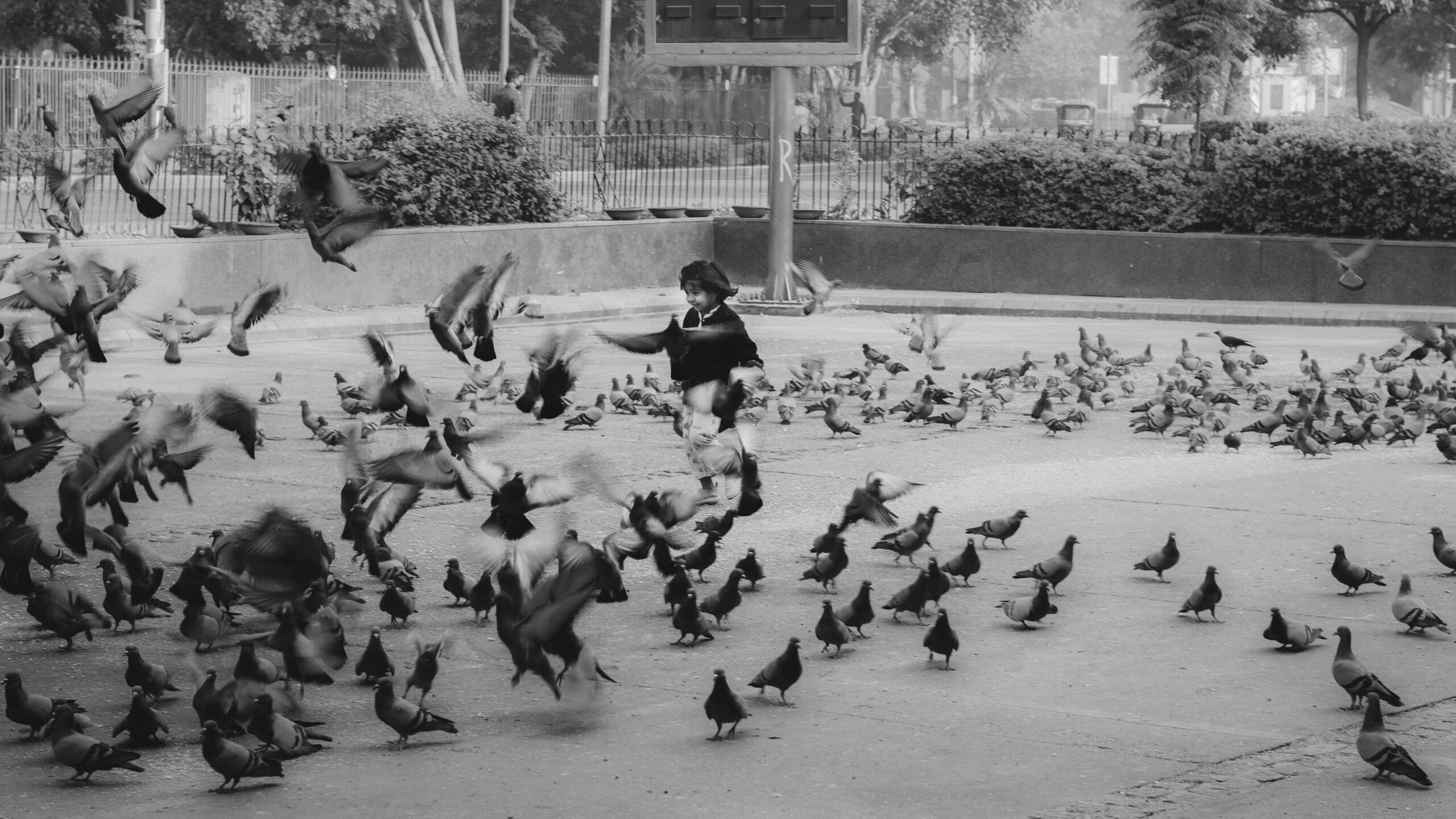Photographs have been around for centuries, capturing the essence of entire cultures and the beauty of a single moment. We’ve seen photographs come to life through deep emotional impact, illustrating that with creativity, simplicity can lead to greatness.
What lies behind a photo that captures your imagination? What elements come together to make up an eye-catching and powerful photograph?
With this in mind, let’s explore the power and meaning behind a single photograph. We’ll look at what takes place during the capturing of the image, discuss how different elements are composed for maximum effect, and touch on symbolism within photography.
What Is Photography?
A photograph has the ability to freeze time, convey and replay a story or a memory, and stir up feelings. A single image can communicate ideas that are quite complicated to convey in words alone and is sometimes said to be worth a thousand words. Here in this blog, we will examine how various aspects of the photograph, such as composition, subject matter, and context, can affect its meaning and impact as we study the impact and power of a single photograph in this blog.
Composition
The placement of elements within an image is referred to as composition. It can cover elements like how the topic is positioned, how lines and shapes are used, and how the image is balanced all around. The meaning and effect of an image can be significantly influenced by how it is composed. A picture with high symmetry and balance, for instance, can suggest stability and order, whereas a picture with a diagonal arrangement might suggest motion and energy.
Subject Matter
The object or objects that the photograph is of are its topic matter. The meaning and impact of a photograph can be significantly impacted by its subject matter. For instance, a picture of a child playing in a field can show innocence and wonder, but a picture of a warrior in battle might show danger and sacrifice. Additionally, the interpretation of a photograph can be affected by how the topic is displayed in it. A picture of a smiling family, for instance, can generate feelings of warmth and affection, yet a picture of the same family in a tense or uncomfortable situation can make you feel dejected and melancholy.
Context
The circumstances or setting of the snapshot are referred to as the context. This can include specifics like the date, location, and purpose of the photo’s capture, as well as how it was shown or put to use. The meaning and impact of a photograph can be significantly influenced by its setting. For instance, how a protest image is presented in a news article or political campaign advertisement can have a significant impact on how the image is interpreted.
The Impact of Color
Another pivotal component of an image that has a significant influence on its meaning and impact is color. Color can be used in photographs to create a sense of mood and ambiance in addition to drawing the viewer’s attention to specific portions of the image. For instance, the use of warm color schemes like red, orange, and yellow can convey a feeling of snugness and vibrancy, while the use of cool color schemes like blue, purple, and green can convey a feeling of peace and tranquility. Additionally, color can be employed to highlight particular aspects of the image and enhance contrast.
The Role of Light
One of the most crucial components in photography is light. It can be utilized to establish a feeling of mood and atmosphere and to draw the viewer’s focus to particular areas of the image. The significance and effect of a photograph can be affected by the direction, intensity, and quality of the light. An image captured in soft, warm light, for instance, can evoke feelings of closeness and vulnerability, whereas an image captured in harsh, brilliant light, might evoke feelings of drama and tension.
The Power of the Unseen
Through the use of what is not seen or hidden, a photograph can also convey impact and significance. This may consist of components like shadows, negative space, and silhouettes. These components can give a photograph depth and mystery as well as a feeling of unease and intrigue. For instance, a photo with a lot of negative space can suggest emptiness or loneliness, whereas a photo with deep shadows might suggest mystery and intrigue.
Conclusion
To sum up, a single photograph has the ability and potential to be highly potent, deliver meaning and evoke emotions through its subject matter, composition, context, colors, lighting, and many other factors as well. Each component contributes tremendously to the overall impression of a photograph. It is important to realize that these components can signify and impact a photograph, by comprehending these factors, we can obtain a greater appreciation and knowledge, and a better meaning behind a single photograph.



